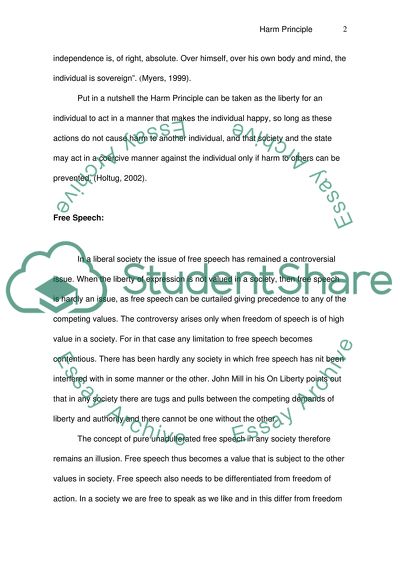Cite this document
(How Useful Is Harm Principle in Helping Us Define the Limits of Free Coursework, n.d.)
How Useful Is Harm Principle in Helping Us Define the Limits of Free Coursework. https://studentshare.org/philosophy/1707321-what-is-the-harm-principle-how-useful-is-it-in-helping-us-define-the-limits-of-free-speech
How Useful Is Harm Principle in Helping Us Define the Limits of Free Coursework. https://studentshare.org/philosophy/1707321-what-is-the-harm-principle-how-useful-is-it-in-helping-us-define-the-limits-of-free-speech
(How Useful Is Harm Principle in Helping Us Define the Limits of Free Coursework)
How Useful Is Harm Principle in Helping Us Define the Limits of Free Coursework. https://studentshare.org/philosophy/1707321-what-is-the-harm-principle-how-useful-is-it-in-helping-us-define-the-limits-of-free-speech.
How Useful Is Harm Principle in Helping Us Define the Limits of Free Coursework. https://studentshare.org/philosophy/1707321-what-is-the-harm-principle-how-useful-is-it-in-helping-us-define-the-limits-of-free-speech.
“How Useful Is Harm Principle in Helping Us Define the Limits of Free Coursework”. https://studentshare.org/philosophy/1707321-what-is-the-harm-principle-how-useful-is-it-in-helping-us-define-the-limits-of-free-speech.


